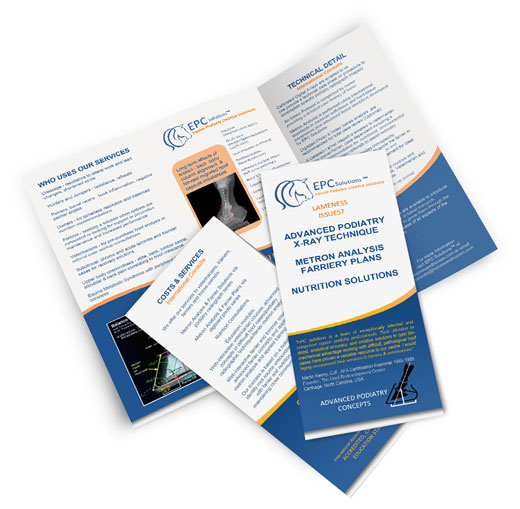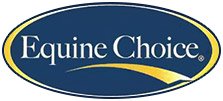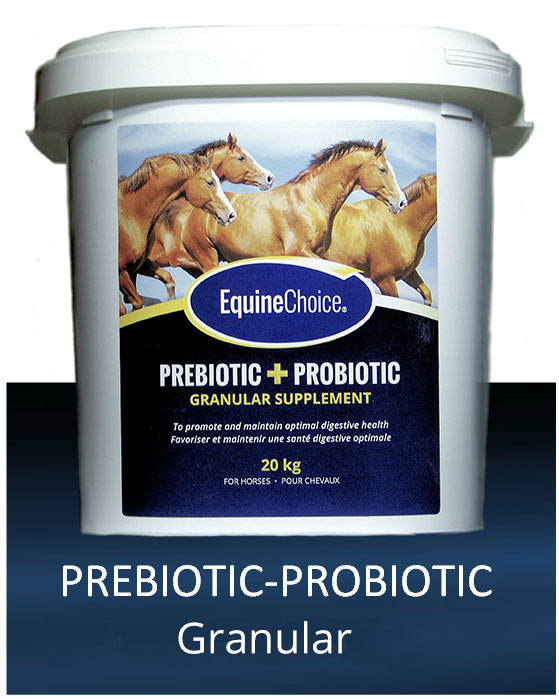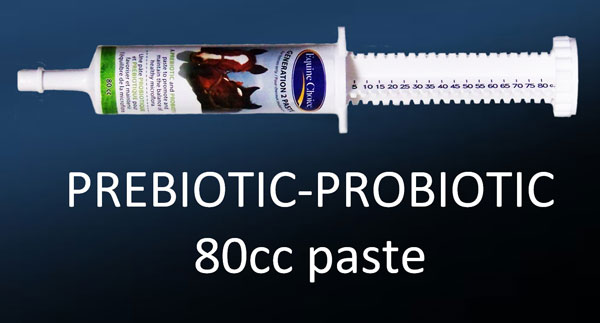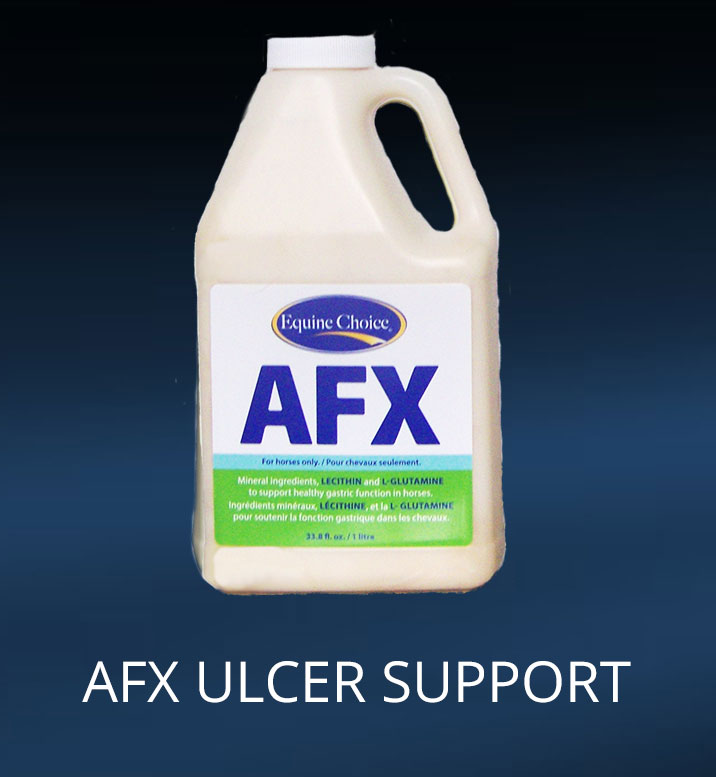Corrective Hoof Trimming
Bony Column Alignment & Negative Palmer Angles
© 2010 EQUUS-the balanced equation
STATIC STANCE (Standing square, weight distributed equally on 4 limbs). Note in the standing stance, the limb is not fully loaded.
Under this topic heading, we will explore corrective hoof trimming techniques using diagrams which show how the unbalanced trim can affect bony column alignment and palmar angle in the static stance phase, affecting soundness.
For the horse to perform under load and maintain long term soundness, it is imperative that the pastern axis be aligned. We will explore how we can achieve this by applying corrective hoof trimming to achieve a balanced trim, and by developing a well thought out plan considering the many variables and dimensions that play a combined roll in achieving bony column alignment and general hoof health.
Why is bony column alignment so important?
- Bony column alignment maintains healthy open joint spaces without pinching or inflammation of the joints.
- Bony column alignment optimizes dorso-palmar balance of the hoof (front to back, y-axis) whereby the COR (Center of Rotation of P2) lines up with the widest part of the hoof (in the non-distorted foot). It is important to work towards a balanced trim; the foot should balance with approximately the same amount of foot both ahead of COR and behind COR.
- Bony column alignment minimizes internal and external forces on the hoof and promotes strong lamellar connections through the alignment of the hoof capsule in relation to the coffin bone; the dorsal hoof wall aligns with the dorsal face of the coffin bone.
- Bony column alignment orients the foot to facilitate optimal breakover just ahead of the distal tip of P3, (just behind the whiteline) which helps sustain a balanced trim.
- Bony column alignment positions the hoof for healthy stimulation of the caudal aspects of the hoof-frog, digital cushion, collateral cartilages.
- Caudal stimulation combined with a balanced trim encourages growth of short, strong, nearly vertical bars (not bent or overlaid).
- Bony column alignment positions the foot to produce a strong heel base that is not crushed or run forward, able to support the underlying structures in the back part of the foot and initiate healthy heel first or flat landings.
- Bony column alignment affects the palmar angle of the coffin bone.
Palmar Angles
The bony column alignment (also called pastern axis alignment or alignment of the phalanges) determines the palmar angle of the coffin bone.
The palmar angle is defined as the angle that the bottom or ventral surface of the coffin bone makes with the ground bearing surface.
The aligned bony column positions the coffin bone in a positive palmar angle relative to the ground when the horse is in the standing phase (static phase) and when the forelimb pair and hindlimb pair are equally loaded.
As the bony column alignment becomes progressively more broken back, the palmar angles lower correspondingly.
This can result in ground parallel coffin bones (0 degree palmar angles) or negative palmar angles during the stance phase.
There is a strong correlation between Palmar Angle + Bone Angle = Hoof Angle. To understand the benefit of this formula, and the implications of low palmar angles, visit our balance radiograph section.
Trim Strategies
Routine healthy hoof trimming requires subtle adjustments month to month for maintenance of a balanced trim, bony column alignment and positive palmar angles. Corrective hoof trimming of the distorted, acute or chronic hoof and digit will require more aggressive corrections to correct the bony column alignment (increase palmar angles) and is applied expeditiously to 1) abate digit soft tissue inflammation and 2) slow or arrest progressive bony changes. Timing is crucial to stop the digit pathological compromise before it becomes irreversible.
Digit Function: n : any of the divisions (as a finger or toe) in which the limbs of amphibians and all higher vertebrates including humans terminate, which are typically five in number but may be reduced (as in the horse), and which typically have a series of phalanges bearing a nail, claw, or hoof at the tip Merriam-Webster's Medical Dictionary, © 2007 Merriam-Webster, Inc.
Lameness workup and trimmer/farrier corrective hoof trimming
When the trimmer/farrier is working with the pathological digit, minimally an initial complete assessment should be performed as a team between the trimmer/farrier and an experienced equine veterinarian.
A vet can offer invaluable insight to aid the farrier in achieving bony column alignment via podiatry x-rays when corrective hoof trimming alone, using external visual assist is insufficient to achieve the desired results. While a balanced trim is imperative to the success of the program, many factors and dimensions of the hoof and limb come into play that can directly affect bony column alignment, palmar angles and general hoof health.
Lowered palmar angles and compromised digital cushions often go hand in hand with resultant soft and hard tissue pathology.
Lamellar compromise, evident in a hoof exhibiting a lamellar wedge (dished toe) or medio/lateral listing need veterinary assistance and arrest of the source of the laminitic event(s) before hoof integrity can be restored and bony column alignment accomplished.
Trimmer/Farrier skills are important, with the ability to accomplish the corrective hoof trimming and therapeutic farrier prescription with accuracy and consistency. Methodical progress towards the balanced trim with attention to detail and external assists applied to meet the farrier prescription will produce an improved bony column alignment and set up the hoof to respond favorably.
Important considerations: Qualify your team
When working with pathological hooves, a complete assessment should be performed by an experienced equine veterinarian who:
- records a complete history, including prior health records, lameness history, nutrition, care management and intended use report
- is particularly knowledgeable in limb and hoof pathology
- possesses a sharp eye for assessing both stance and ground work/movement in-hand and undersaddle
- accomplishes consistent repeatable flex tests/blocking/soundness evaluation
- proficient and knowledgeable in balance radiograph technique for farrier application, venograms for circulatory evaluation, diagnostic radiographic techniques, as well as other diagnostic tools and farriery assists available as needed
- possesses in-depth farrier knowledge and experience and is open to consultation resources
To complete the veterinarian soundness assessment, the veterinarian must be proficient to develop a treatment plan including a comprehensive understanding of farrier prescription/plan for corrective hoof trimming and external assists where necessary. This comes from a clear understanding of bony column alignment and experience in physical application of balanced trim protocol and shod application to achieve such.
It is paramount that the farrier and the veterinarian come together on the farrier plan and agree on the plan, which is then presented to the owner/client as a team with all parties agreeable and understanding the entire holistic plan. Teaming up with farrier expertise and consultation is a valuable resource for the veterinarian as cases become more difficult in hoof pathology and metabolic issues.
The solution is not just dealing with corrective trimming. While a balanced trim is the desired end point; addressing bony column alignment, palmar angles, breakover, bar and heel address etc., the larger picture looks at arresting, slowing or reversing pathology, rebuilding soft tissue, promoting circulation and cellular repair, addressing underlying medical conditions and effectively treating the whole horse.
A well rounded plan
A well-rounded plan should involve veterinary medicine to identify and address the SOURCE of the problem, and teamwork (veterinarian, farrier and owner) to address all assists available to care for the lame horse. This may include:
- medical work-up to rule out disease or medical conditions
- corrective hoof trimming instruction and/or farrier assist in shoeing packages
- nutritional program to support hoof repair
- controlling excessive carbohydrate intake
- a physiotherapy program to address upper body compensation or long term inflammation
- letting the horse down from routine performance work to repair and stabilize the hoof
- stall or small paddock confinement to restrict movement and/or maintain shoeing packages when laminar integrity or safety is at risk
If the plan is to succeed long term, all factors must be considered and employed working as a team.
Consistent corrective hoof trimming cycles at 4 week intervals are important during the rehabilitation program. Routine maintenance is equally important to maintain the balanced trim. The hoof is dynamic and consistent and accurate farriery is required to maintain bony column alignment, optimal palmar angles and overall hoof health.
Corrections will vary from hoof to hoof, but the bio-mechanics and applied mapping techniques of the hoof can be routinely applied to aid in optimizing the best balanced trim for that hoof on that day moving towards bony column alignment and positive palmar angles.
Please contact us for the opportunity to learn how to accurately hoof map the foot and distinguish between a flare, lamellar wedge, hoof capsule distortion versus bone rotation/capsule distortion. We will help you visualize and assess bony column alignment (pastern axis), understand low palmar angles and other hoof capsule maladies such as the migrated hoof capsule. We will look at the various hoof pathologies, including understanding podiatry "balance" radiograph images for farrier workup, Metron markups, and recommendations to accomplish digit balance improvements with the trim. We will explore balanced trim protocol as best one can given the dynamic nature of the hoof and suggest corrective hoof trimming techniques to achieve bony column alignment.
Return from Corrective Hoof Trimming- Bony Column Alignment to Healthy Hoof Mechanics/Balanced Trim


